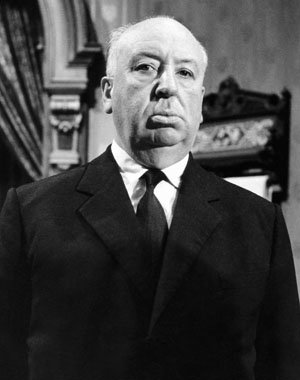For the next short film I will be working on, I want to explore and dive deeper into the the genre of comedy and humor. The films I will basing my work on are the home alone series, mostly due to the fact that they have similar themes and connections to my concept.



Theme and narrative structure are important to a comedy. You have to entice the audience and keep them interested. You also need to supply humor and make the audience laugh as well. Getting in the zone in between is the ideal goal for a director of this genre. Supplying and interesting, funny, and original plot isnt always easy. Character design, dialogue, and acting also play key roles. One main goal of a comedy director is to create a character that has that specific "likeability" to them. You want the audience to click and enjoy the protagonist, otherwise the movie can go downhill easily.
Setting plays another role in comedy. You can use setting and background to your advantage as a comedy director or screenwriter. This is where one can make use of props or other background action to their advantage. Cinematography and sound design work together to make a comedy successful but they are not always vital to success. This being said it is still crucial to have a fitting score and professionally styled camera work.
Log-line of the film I will be curating:
A man must convince a burglar that he is also robbing his own house to avoid conflict and confrontation.



Theme and narrative structure are important to a comedy. You have to entice the audience and keep them interested. You also need to supply humor and make the audience laugh as well. Getting in the zone in between is the ideal goal for a director of this genre. Supplying and interesting, funny, and original plot isnt always easy. Character design, dialogue, and acting also play key roles. One main goal of a comedy director is to create a character that has that specific "likeability" to them. You want the audience to click and enjoy the protagonist, otherwise the movie can go downhill easily.
Setting plays another role in comedy. You can use setting and background to your advantage as a comedy director or screenwriter. This is where one can make use of props or other background action to their advantage. Cinematography and sound design work together to make a comedy successful but they are not always vital to success. This being said it is still crucial to have a fitting score and professionally styled camera work.
Log-line of the film I will be curating:
A man must convince a burglar that he is also robbing his own house to avoid conflict and confrontation.












